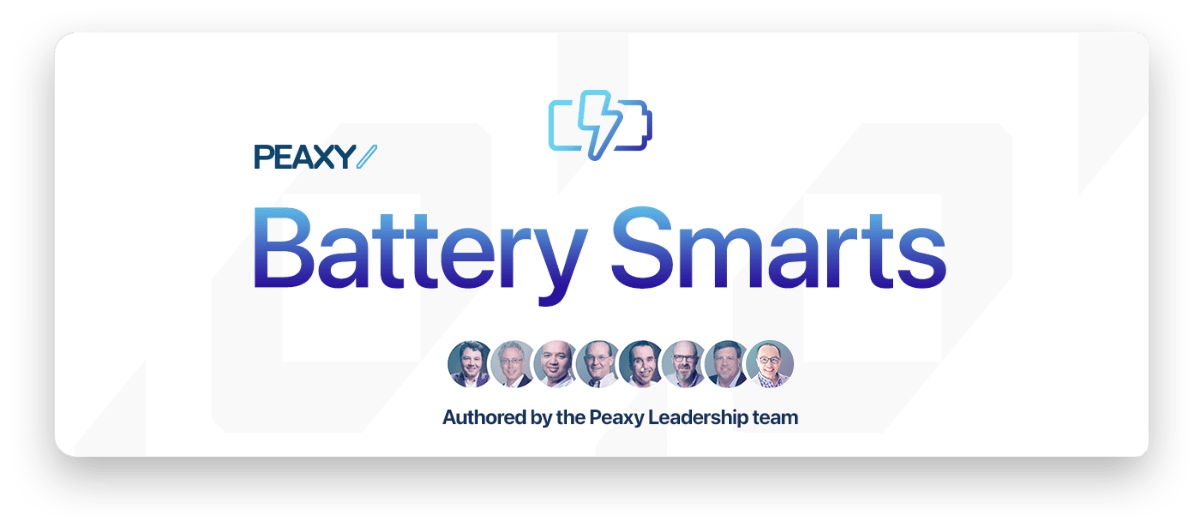We are at the precipice of another industrial revolution, popularly known as Industry 4.0. There are several forces of technology that have the potential to shape Industry 4.0 — Big Data, Artificial Intelligence, Robotics and the Internet of Things (IoT). But it’s the explosion of data in the last decade that will dictate how these emerging technologies are used. You will hear it whispered in the halls of industrial companies: “We’re data rich but insights poor.” And it’s largely unstructured data — the kind that is file-based and not structured in neat rows and columns — that Industry 4.0 companies have to wrestle with. Worse yet, that data often “goes dark” once employees with tribal knowledge leave or it gets stored in siloed data islands.
Modern machinery with built-in sensors play a large role in this industrial revolution, along with the rise of smart, connected machines. Telemetry data, derived from sensors in machines, are one type of “crown-jewel” data (the other two are geometry and simulations) that can provide deep, insightful information about the workings of the machine.
Sensor-rich data provides digital soil for the creation of a “Digital Twin”, a rapidly evolving technology that enables companies to pair field data from sensors with modeled data and simulations that were created when a serialized piece of equipment was manufactured. Commercial digital twins, done correctly and with a robust data architecture that can handle petabytes with no problem, can help the enterprise manage simulations, cut time and costs during the bidding or proposal process, manage test-cell data analysis and condition-based maintenance regimes.
To harness the value of unstructured data streaming from industrial field sensors, companies need to invest in data access technologies such as Digital Twins that can analyze sensor data and provide real-time insights. Your data that might be currently dark can be unlocked to reap cost reductions, time savings and human safety benefits in the future.
